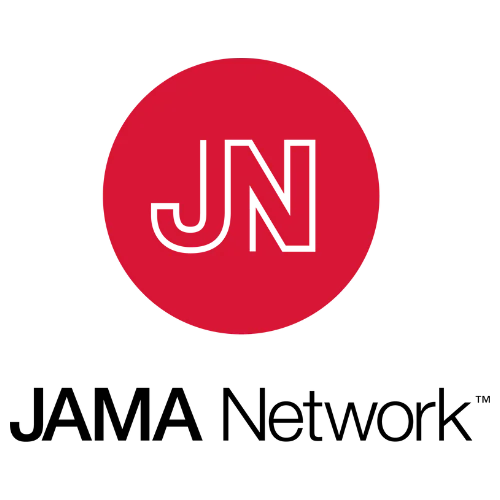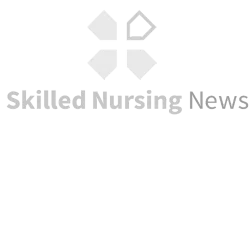PBJ research report and related news:

Association of Receipt of Paycheck Protection Program Loans With Staffing Patterns Among US Nursing Homes
Did staffing hours change among nursing homes that received forgivable loans through the Paycheck Protection Program (PPP), which required recipients to appropriate 60% to 75% of the loan toward staffing?
In this economic analysis of 6008 US nursing homes, 12 weeks after PPP loan receipt, nursing homes that received a PPP loan experienced increases in certified nursing assistant hours per week and licensed practical nurse hours per week compared with nursing homes that did not receive a PPP loan. No association was found between PPP loan receipt and registered nurse staffing hours per week.
Travers, Jasmine, et al. “Association of Receipt of Paycheck Protection Program Loans With Staffing Patterns Among US Nursing Homes.” JAMA Network Open, vol. 6, no. 7, American Medical Association, July 2023, p. e2326122. https://doi.org/10.1001/jamanetworkopen.2023.26122.

Policy Makers Called to Boost Funding, Rethink Staffing Regulations as SNF Administrators Cite High Costs of Pandemic
…The JAMA study recommending changes to staffing regulations used data from 156 interviews of administrators at 40 nursing homes across 8 health care markets that varied by region and nursing home use patterns.
Among the strategies used by administrators to comply with regulations and maintain good resident care, they cited increasing resident-to-staff ratios by hiring agency staff, and reducing resident census. However, even as these practices alleviated staffing issues during crisis mode, their overall impact was negative for resident care, revenue and worker wellbeing.
“Increased staff overtime pay, the high cost of agency staff, and the decreased revenue from new resident admissions has had major financial influences on nursing homes already coping with high operational costs due to the pandemic,” researchers noted.
Moreover, these practices – while useful at the time for skilled nursing facilities – tended to compromise resident care, especially as the trend of temporary staffing has continued past the pandemic.
Siddiqi, Zahida. “Policy Makers Called to Boost Funding, Rethink Staffing Regulations as SNF Administrators Cite High Costs of Pandemic.” Skilled Nursing News, Aug. 2023, skillednursingnews.com/2023/07/policy-makers-called-to-boost-funding-rethink-staffing-regulations-as-snf-administrators-cite-high-costs-of-pandemic.

Pandemic loans showed dollars will move the staffing shortage needle: study
An analysis of the forgivable loans that many nursing homes took during the pandemic shows that additional funding can positively deliver higher staffing levels. The research gives a potential boost to advocates pushing states to increase Medicaid funding in the face of staffing mandates.
The new study found that nursing homes that received a Paycheck Protection Program loan had 34.84 more total staffing hours per week than facilities that did not receive a loan. Results appeared in JAMA Network Open on Thursday.
Towhey, Jessica R. “Pandemic Loans Showed Dollars Will Move the Staffing Shortage Needle: Study.” McKnight’s Long-Term Care News, July 2023, www.mcknights.com/news/pandemic-loans-showed-dollars-will-move-the-staffing-shortage-needle-study.

Association of Receipt of Paycheck Protection Program Loans With Staffing Patterns Among US Nursing Homes
Staffing shortages in nursing homes (NHs) threaten the quality of resident care, and the COVID-19 pandemic magnified critical staffing shortages within NHs. During the pandemic, the US Congress enacted the Paycheck Protection Program (PPP), a forgivable loan program that required eligible recipients to appropriate 60% to 75% of the loan toward staffing to qualify for loan forgiveness.
The objective of this study is to evaluate characteristics of PPP loan recipient NHs vs nonloan recipient NHs and whether there were changes in staffing hours at NHs that received a loan compared with those that did not.
Gadbois, Emily. “Association of Receipt of Paycheck Protection Program Loans With Staffing Patterns Among US Nursing Homes — LTCFocus.” LTCFocus, Sept. 2023, ltcfocus.org/research-findings/association-of-receipt-of-paycheck-protection-program-loans-with-staffing-patterns-among-us-nursing-homes.


